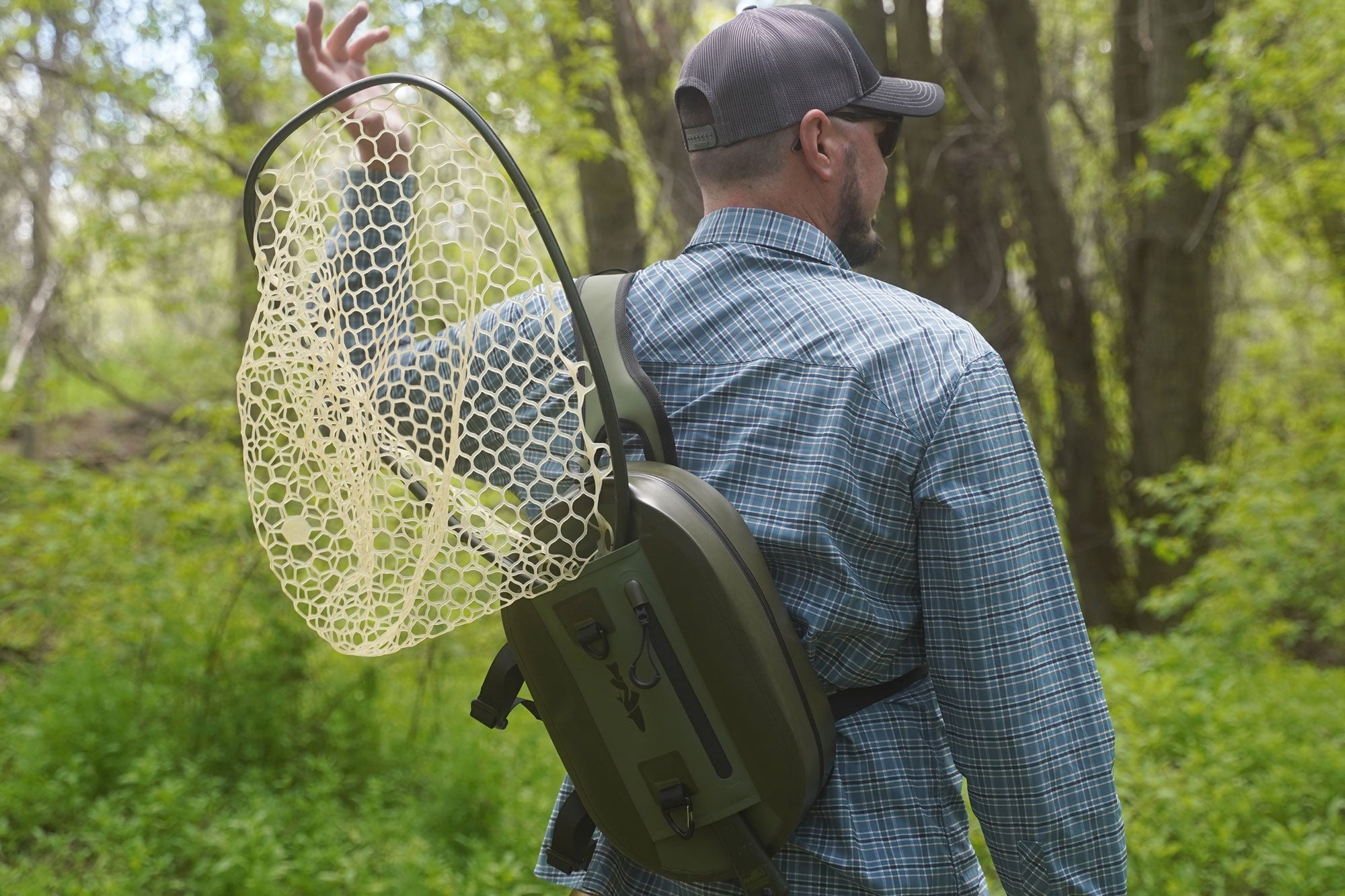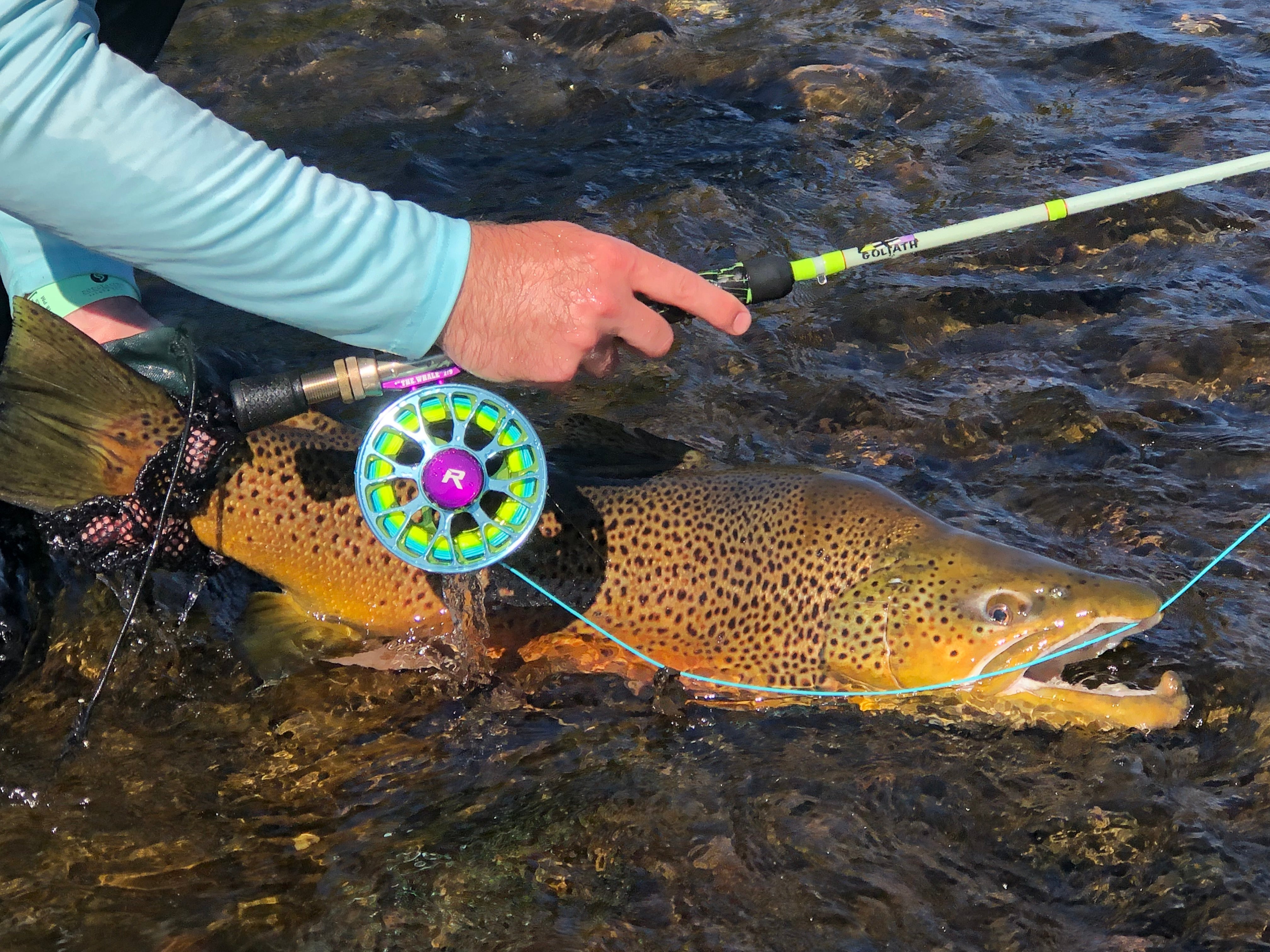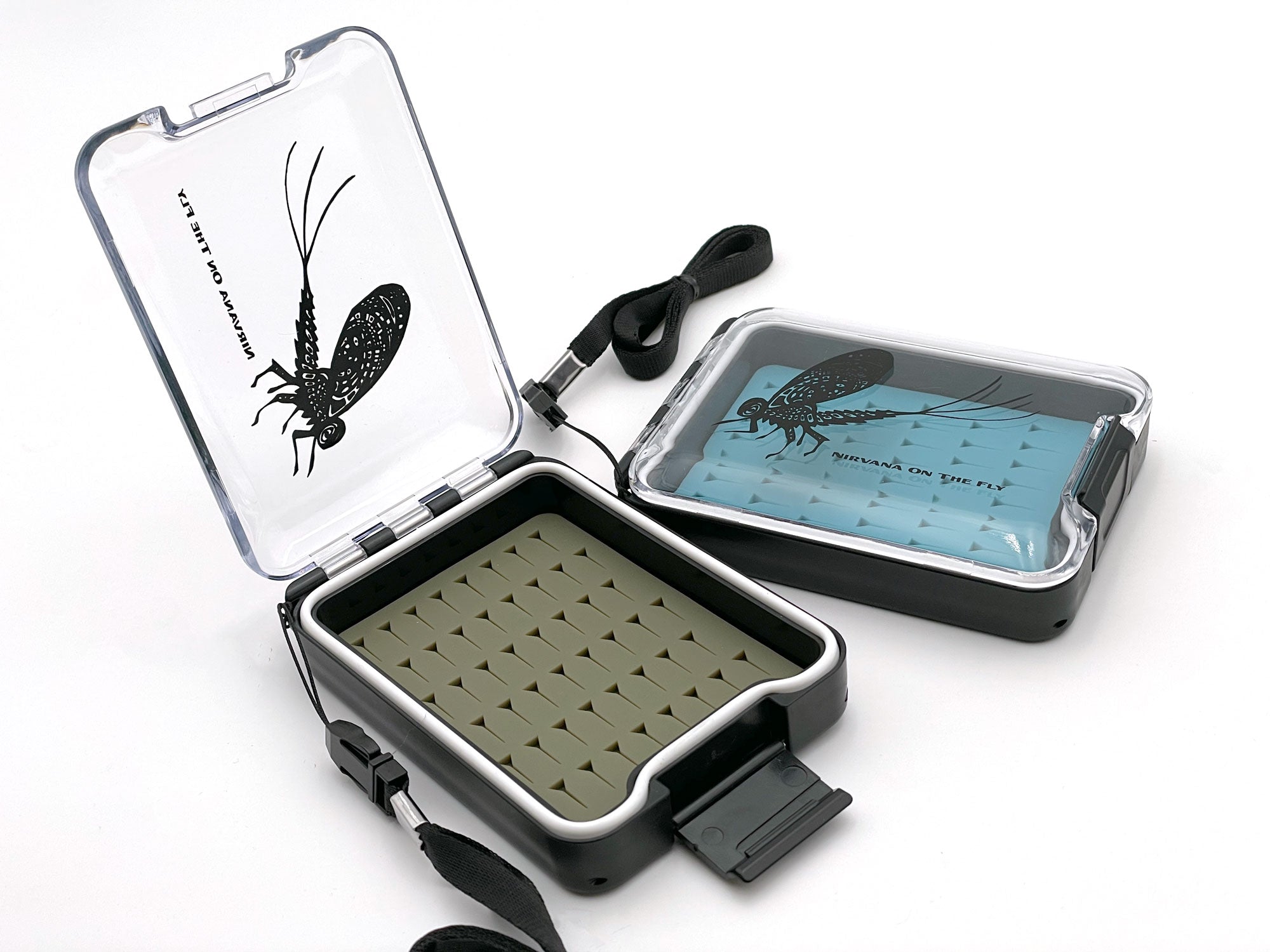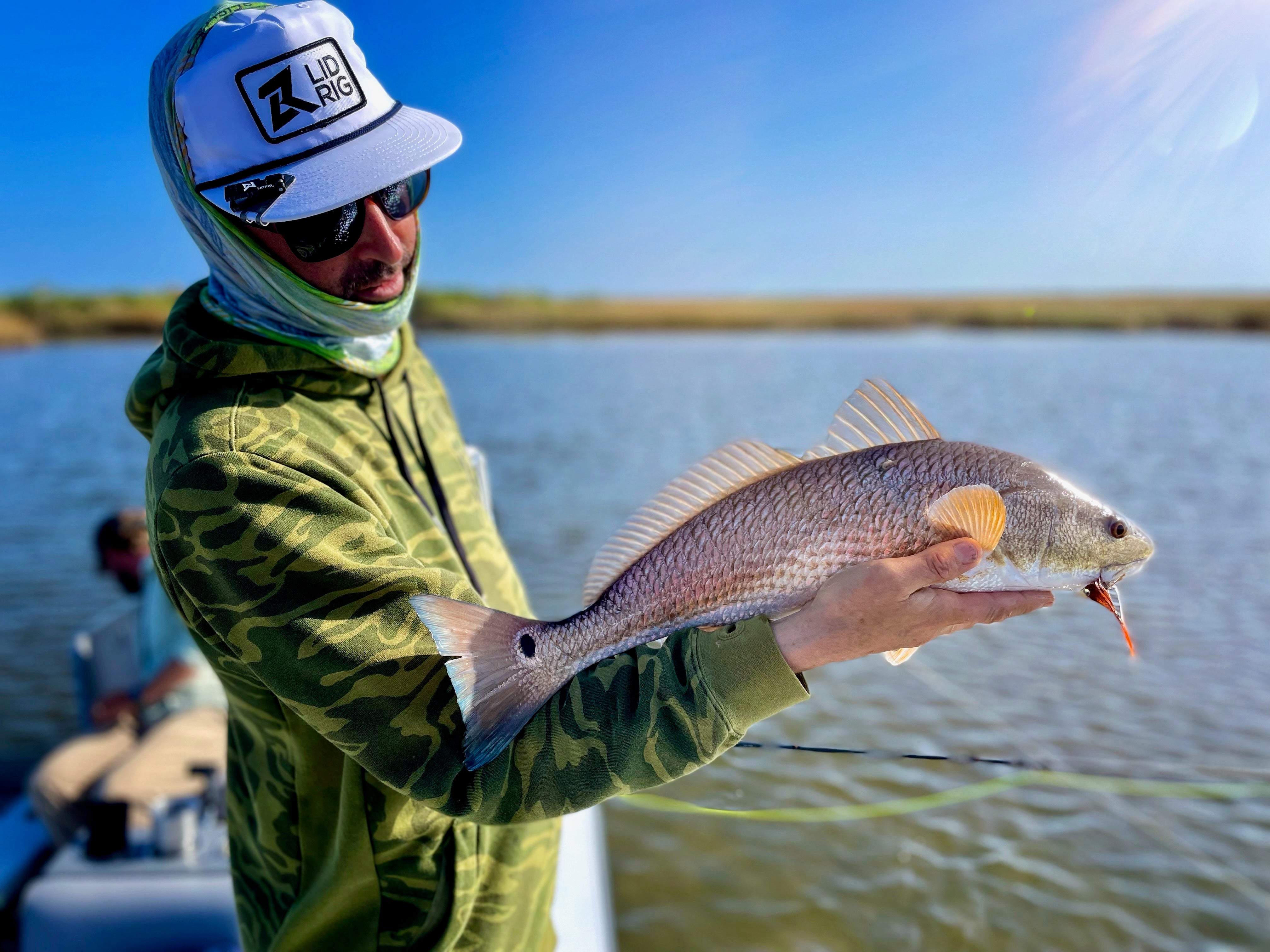The under appreciated species in my opinion is the Snook – Centropomus undecimalis – they are a prized species that attracts saltwater fly fishing anglers with their fighting spirit and elusive nature but not as often as others. Either way, I’ll explore the history, intricate biology, and allure of Snook fly fishing. Whether you're a seasoned angler refining your techniques or a beginner eager to reel in this coveted species, this article offers a deep dive into the world of Snook.
History of Snook
Snook fishing has a storied past, with roots deeply entwined in coastal cultures. These fish have been a staple and a challenge for anglers in regions like Florida, the Gulf of Mexico, and the Caribbean for centuries. Early records of Snook fishing highlight their value as both a sport and sustenance fish, with indigenous communities and early settlers alike marveling at their strength and agility. The rise in recreational fishing in the 20th century saw Snook's status as a game fish soar, leading to the development of specialized fishing techniques and conservation efforts to sustain their populations.
Evolution of the Species
The evolution of Snook (Centropomus undecimalis) has a fascinating story of adaptation to diverse coastal environments. They are purpose built for their environments and have thrived because of their ability to adapt to varying environments.
Ancestral Origins: Originating from the Centropomidae family, Snook ancestors likely exhibited varied characteristics to tackle different aquatic environments, from freshwater rivers to brackish estuaries.
Morphological Changes: Over time, Snook have developed a streamlined body, aiding in quick, agile movements crucial for ambushing prey and avoiding predators. Their prominent lower jaw and superior mouth position are perfectly adapted for surface feeding. Although they all begin live as males between 18 and 22 inches some will biologically morph into females.
Adaptation to Environments: Snook thrive in a range of habitats – from mangrove-lined shores and estuaries to freshwater inland rivers. Their ability to tolerate varying salinity levels is a testament to their evolutionary success. I can recall a trip to Mexico where within one day we fished mangroves lines with snook, a small brackish tidal pole that had formed, and then later that day hooked a snook just off the beach in coral heads. It was an amazing day and the snook were everywhere for some reason.
The Science Behind Snook
Anatomy and Physiology: Understanding the anatomy and physiology of Snook is vital for anglers. They have a powerful, muscular build, capable of explosive bursts of speed. This is evident when you feed a streamer fly to a snook. Watch as they often methodically follow then with a sudden and abrupt burst will attack, gill flare and devour your fly. Their scales are large and robust, providing excellent protection against predators and environmental elements. There jaws are large and boney enabling them to suck in a baitfish much like a large mouth bass or Tarpon.
Muscular System: Snook's muscular structure, particularly around the tail region, allows for sudden, powerful strikes – a trait that makes them incredible fighters when on the line.
Unique Physiological Traits: Snook can tolerate wide salinity ranges, allowing them to migrate between freshwater and saltwater habitats seamlessly. This adaptability is crucial for their survival in fluctuating coastal ecosystems. The river mouths they often enjoy stationing at offer a wide range of varied salinity and a chance to ambush prey as the tidal systems push and pull bait.
Behavioral Traits
Feeding Habits: Primarily nocturnal predators, Snook are known for their ambush feeding style. They feed on smaller fish, crustaceans, and occasionally mollusks, often lurking around structure to surprise their prey.
Spawning Rituals: Snook typically spawn in the summer months, moving into saltier waters to release their eggs. Their spawning behavior is influenced by environmental factors like water temperature and lunar cycles.
Fly Fishing Allure for Snook
What Makes Snook a Prize Target?: Snook are highly sought after due to their elusive nature and robust fighting ability. Their tendency to seek refuge around structures like docks, mangroves, and bridges adds to the challenge and thrill of catching them. You have to be a skilled caster to attract a snook. They are often hiding predators as mentioned which means you they are wary and in tight. Getting a fly in position without ending up in mangroves can be a challenge.
Techniques for Success: Effective Snook fishing requires a blend of patience, skill, and understanding of their behavior. Topwater flies, streamers, and baitfish imitations are commonly used to entice them. Precision casting near structures and mastering the retrieval technique are key to a successful Snook catch. Popper fishing for snook can be an absolute blast. Seeing a snook up ahead on a mangrove line hiding is an perfect opportunity to bring a popper by and see a ferocious topwater eat that will get your heart going.
Conservation and Sustainability of Snook
With their popularity, conserving Snook populations is crucial. Habitat preservation, understanding their breeding patterns, and promoting catch-and-release practices are integral to sustainable Snook fishing. Handling snook carefully and not overpowering their sensitive jaws is a first ste. Always support them under the belly and handle them with the anticipation of a health release. Here is a great article on Snook in Mexico and the need for migratory conservation.
Prime Locations for Snook Fly Fishing
Snook can be found in warm coastal waters, with Florida and the Caribbean being prime destinations. Each location offers unique challenges and opportunities for anglers. Testing your skills with a snook is pretty easy. They are excellent game fish to approach in sight fishing due to their predatory nature. Taking time to target them for a day or two is well worth your while .
Preparing for a Snook Fly Fishing Trip
Planning and Gear: A successful Snook fishing trip requires appropriate gear, including medium to heavy rods, reels with good drag systems, and a selection of flies mimicking local baitfish. Having a good selection allows you to quickly change flies for some of those fish that are willing to sit and observe from predatious positions. Sometimes changing the fly is just enough for them to come out of their safe zone and take a bite. Furthermore, understanding the local conditions, tides, and Snook behavior is crucial so doing your homework and or having a guide can be extremely helpful.
In this article you can explore the idea of heading to Belize to target snook. There is also information on gear and rigging scenarios.
Snook fishing is filled with excitement and difficult challenges. Their unique biology, intriguing behavior, and the thrill of the hooking a Snook indescribable. They are certainly revered species among fly fishing enthusiasts but lack the appeal that other species have gained. As you research and or go on your Snook fishing vacation, embrace the adventure and the learning experiences it brings, and treasure the moments spent in pursuit of this magnificent game fish. I always find it interesting that when I target snook the availability of the other species appears to always be higher. Making me feel like Snook are the real competitors.

By Christian Bacasa
Host of the Fly Fishing Insider Podcast
www.ffipodcast.com
@flyfishinginsiderpodcast
@dupeafish
Watch on YouTube







